From http://www.cse.ohio-state.edu/~gurari/theory-bk/theory-bk-twoli1.html#30007-23021r2.2.4:
Let M = <Q, Σ, Δ, δ, q0, F> be the deterministic finite-state transducer whose transition diagram is given in Figure 2.E.2.
For each of the following relations find a finite-state transducer that computes the relation.
a. { (x, y) | x is in L(M), and y is in Δ* }.
b. { (x, y) | x is in L(M), y is in Δ*, and (x, y) is not in R(M) }.
Yes, this is HW, but I have been struggling with these questions and could at least use pointers. If you want to create your own c. and/or d. examples just to show me HOW to do it rather than lead me to the answers for a. and b. then obviously I'm fine with that.
Thanks in advance!
